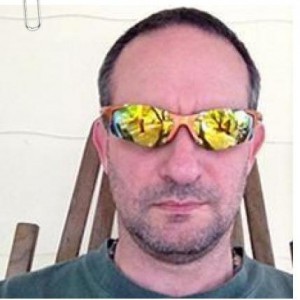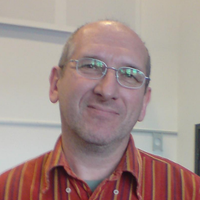
I published What 2013 Has In Store 166 days ago and summed up my discoveries in Professionalism & Propaganda a week ago. This 1,800+ word piece with descriptive links to over thirty posts covers everything from my network of now over 3,000 Facebook Anonymous supporters through the CIA’s application of mindfulness to the analysis process, a direction taken in response to network threats.
During that time I completed a social network analysis class offered by Coursera and I curated nineteen related documents in my SNA Class collection. Humans exhibit a variety of interconnected ways of making decisions, information itself has a network of precursors and successors, and the flow of information through human networks can often be modeled as a spreading contagion.
There are a variety of problems that professional analysts face which have been studied in-depth by the Central Intelligence Agency‘s internal think tank, the Center for the Study of Intelligence. A distributed, grassroots network shares some characteristics with a professional cadre of analysts, but organizing, motivating, and assessing their progress is dramatically different from that of a hierarchical organization.
Here is an overview of the universe for the next stage in my inquiries. This Maltego graph displays five major components. The large group with the most diverse colors is representative of my place in the scheme of things – people who engage me in a bi-drectional fashion and organizations to which I subscribe. The cluster of people(lavender) and Twitter accounts(green) at the lower left represents e-International Relations, which is open and academic in nature. The similar looking cluster at the upper right are the Twitter users among the 156 analysts for Wikistrat. A larger graph of their complete network is seen in the next image. The cluster at the lower right is the LinkedIn-centric International Security Observers, an open, web based think tank.
. . . . . . . . .
If I had to distill what I am trying to get at here in one paragraph, it would be this:
Groups of analysts need a shared context that can store and display information in chronological order, recognizing entities in the field ranging from states to naval vessels to individuals. The system needs to be able to store documents, images, URLs, and other internet accessible content. The system need not perform link analysis, but it must be amenable to doing so with its content using a tool like Maltego or Gephi, and then making the analysis available as an integral part of the overall offering.
Read full post with many links and graphics.
Continue reading “Neal Rauhauser: Confusion & Disinformation”







